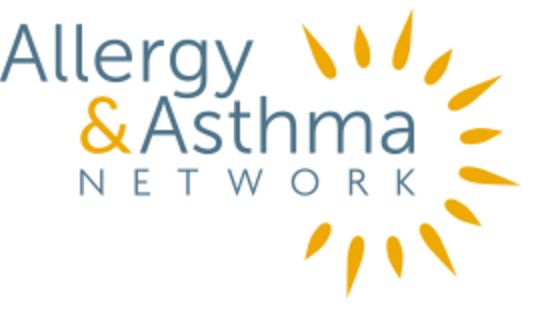What are the symptoms of food allergies?
Symptoms of food allergies can vary from person to person and from reaction to reaction.
Reactions can be different with each episode, even for the same person – that’s part of the difficulty of managing food allergies. Symptoms can range from mild to severe. Symptoms usually appear within minutes of eating the food, though they can sometimes occur hours later.
Each of the symptoms can occur alone or in combination with other symptoms. In a severe reaction, sometimes you’ll see a combination of symptoms from different body areas.
Symptoms of a mild allergic reaction are:
- Itchy or runny nose, sneezing
- Itchy or tingling sensation in the mouth
- A few hives, mild itching of skin
- Mild nausea or discomfort
Symptoms of a severe allergic reaction, also known as anaphylaxis:
- Short of breath, wheezing, repetitive cough
- Appears pale, blue, faint, dizzy, confused
- Tightness in throat, hoarse, trouble breathing or swallowing
- Stomach discomfort such as abdominal cramps; diarrhea, or vomiting
- Swelling of tongue or lips
- Hives over a large area of the body
- Feeling of impending doom
How is a food allergy diagnosed?
Studies show that more than half of presumed food allergies are not actually allergies. That is why an accurate diagnosis is essential.
Board-certified allergists have special training and experience in putting together to make a diagnosis of food allergy based on:
- your history of symptoms
- physical exams
- allergy testing
How can I use a food diary to track food allergy symptoms?
The first thing a doctor looks at when diagnosing food allergy is your history of symptoms. If you think you might have a food allergy, keep a written diary with the following information:
- What symptoms did you notice?
- How long after eating did you notice symptoms?
- How long did the symptoms last and how severe were they?
- Did you do anything to help ease the symptoms (such as take prescription or over-the-counter medications)?
- What exactly did you eat and how much?
- Where and how was the food processed? Was it at home? A restaurant?
- How was the food prepared: raw? boiled? roasted?
- Were you doing anything else during or just after your meal, like exercising?
Show your diary to your doctor. Sometimes the food allergy is obvious, but follow-up testing is important to confirm the diagnosis.
What kinds of tests are done for food allergies?
The food allergy tests performed most often by allergists are:
- skin prick test
- blood test
- oral food challenge
Skin prick tests
A diluted extract of the food is placed on your skin, then the skin is scratched with a needle. If you develop a raised skin reaction (called a wheal) at the place of the needle prick, that indicates possible allergy. If there is no reaction, you are unlikely to be allergic to the food.
Skin prick tests are quite accurate for foods with stable proteins, including peanut, milk, egg, tree nuts, fish and shellfish – some of the most common food allergens in the United States. They are less reliable for fruits and vegetables, which have proteins that break down quickly.
Blood tests
Blood tests that look for IgE antibodies are useful for identifying food allergies. They are particularly helpful for people whose allergy history puts them at high risk of serious reaction to a skin prick test; whose skin problems make skin-prick uncomfortable or dangerous; or who take certain medications that interfere with skin prick test results.
Oral food challenge
Your doctor may recommend an oral food challenge test to diagnose a food allergy. The patient is asked to eat very slowly a tiny amount of a food, then gradually larger amounts, to determine if there’s an allergic reaction.
Because an oral food challenge always carries risk, it should be performed by an allergist trained in how to conduct the test and at a medical facility that has epinephrine, oxygen, IV fluids and other treatments for potentially severe reactions.
Food challenges are safe when done properly – only about 2% of people experience anaphylaxis from testing.
Testing with large panels of food allergens is not recommended
Allergy experts do not recommend using food allergy panel blood testing. Panels test many different foods all at one time. Panels are not recommended because allergy blood tests are not entirely accurate.
Blood tests may have what is known as false positive results, where a test for a food allergy is positive but the person is not truly allergic. This is why allergy testing alone cannot be used to diagnose a food allergy.
Patients who test “positive” to numerous foods might choose to eat very restrictive diets, which can be unhealthy and difficult to follow. That’s why seeing a medical professional trained to put all the evidence together for a diagnosis is important.
© 2021 Allergy and Asthma Network

Last updated : 12/11/2020